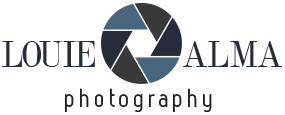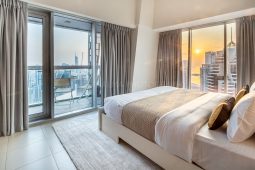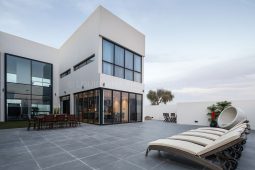An Easy Way to Edit Jpeg Photos in Abobe Camera Raw (VIDEO)
Most photographers are well aware of the benefits of shooting in Raw and the much greater flexibility this format provides when it comes to post processing. Yet many of us decide to shoot Jpegs on occasion depending upon how we intend to use and store certain images.
This conundrum brings up the common misconception that Adobe Camera Raw (ACR) can’t be used to edit Jpeg files. The four-minute video below from the Better Pics YouTube channel dispels this myth by examining options for processing your Jpegs in ACR and taking advantage of the many easy tools at your disposal.
Instructor Damian is a notable Australian landscape shooter and image-editing expert who regularly shares the Lightroom and Photoshop techniques he relies upon to enhance his impressive work. Damian begins by explaining two simple methods for opening one or Jpegs in ACR.
Damian explains why you shouldn’t expect the same level of control as you would when editing a DNG or Raw file because you don’t have all the data to work with. That being said, “You can still edit exposure, contrast, color temperature, highlights, and shadows.”
The first step after opening an image is to convert it into a Smart Object. Then click on the Filter tab atop the screen and choose the Camera Raw Filter option from a dropdown menu that appears. Now you’ll see a panel on the right of the workspace with an array of simple sliders for making a variety of adjustments.
This non-destructive approach enables you to go back and revisit the changes you made and apply other adjustments if necessary. Once you’re satisfied with the results click Save and don’t be surprised that your image is saved as a PSD file rather than as a Jpeg. If you look inside Adobe Bridge you’ll find two options—the original and the edited version.
Damian says the beauty of the PSD file (unlike the compressed Jpeg) is that “you can edit and save as many times as you’d like without any loss in quality.” You can find a variety how-to videos like this one on the Better Pics YouTube channel.
And don’t miss our earlier tutorial with another post-processing specialist who demonstrates how he imbues landscape photographs with greater depth and dimension by using a straightforward Lightroom technique that introduces a natural-looking atmospheric lighting effect.




